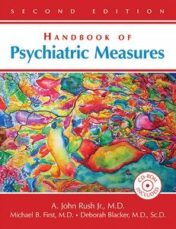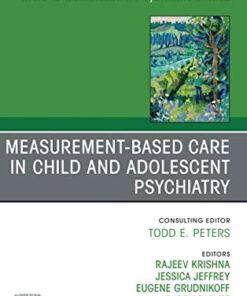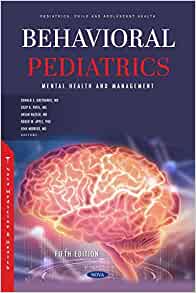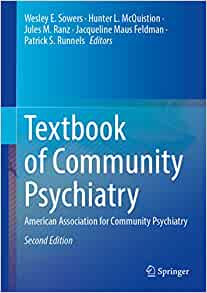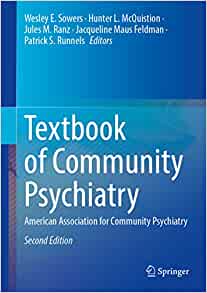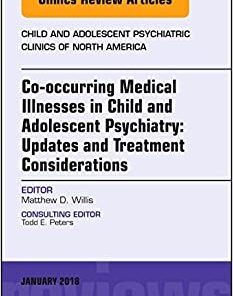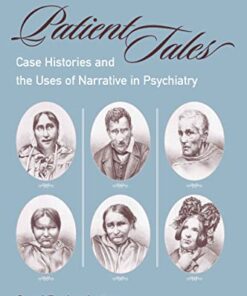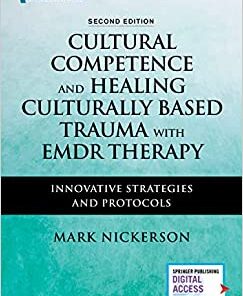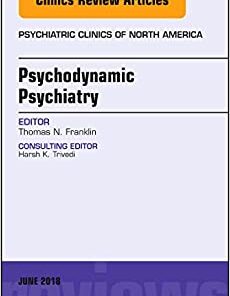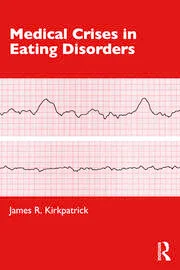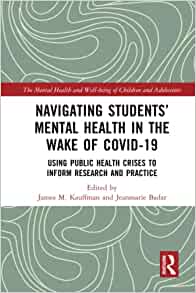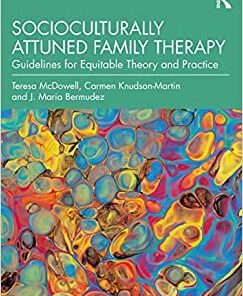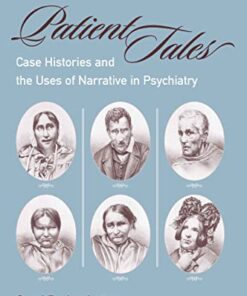Handbook of Psychiatric Measures, Second Edition 2007 Original pdf
$14
Handbook of Psychiatric Measures, Second Edition 2007 Original pdf
The Handbook of Psychiatric Measures offers a concise summary of key evaluations that you can easily incorporate into your daily practice. The measures will enhance the quality of patient care assisting you, both in diagnosis and assessment of outcomes. Comprising a wide range of methods available for assessing persons with mental health problems, the Handbook contains more than 275 rating methods, from the Abnormal Involuntary Movement Scale to the Zung Self-Rating Depression Scale.
In this fully revised edition, more than 40 measures have been added both to the book and to the accompanying CD-ROM. The Handbook features:
- Thoroughly examined and revised measures that provide the most relevant and timely information for clinicians.
- New measures that empirically provide better patient evaluation
- Updated costs, translations, and contact information for each measure
This handy compendium includes both diagnostic tools and measures of symptoms, function and quality of life, medication side effects, and other clinically relevant parameters. It focuses on measures that can be most readily used in either clinical practice or research. Most of the measures are designed to improve the reliability and validity of patient assessment over what might be accomplished in a standard clinical interview. The measures also demonstrate that the use of formal measures can improve the collection, synthesis, and reporting of information as compared with the use of unstructured examinations.
Seventeen disorder-specific chapters, organized in DSM-IV-TR order, include measures for:
- Disorders of childhood and adolescence
- Cognitive disorders
- Sexual dysfunction
- Eating disorders
- Sleep disorders
- Aggression and much more.
The discussion of each measure includes goals, description, practical issues, psychometric properties, and clinical utility, followed by references and suggested readings. This revised edition includes updated measure descriptions, new measure variants and research, and newly selected measures particularly appropriate to the domain of discussion. As a clinical tool, this book
- Describes how, when, and to what purpose measures are used
- Points out practical issues to consider in choosing a measure for clinical use
- Addresses limitations in the use of measures including ethnic, cultural, and socioeconomic factors that influence their interpretation
Related Products
PSYCHIATRY BOOKS
PSYCHIATRY BOOKS
PSYCHIATRY BOOKS
PSYCHIATRY BOOKS
Psyched: Seven Cutting-Edge Psychedelics Changing the World (EPUB)
PSYCHIATRY BOOKS
PSYCHIATRY BOOKS
PSYCHIATRY BOOKS
PSYCHIATRY BOOKS
Mental Health Care for Elite Athletes (Original PDF from Publisher)
PSYCHIATRY BOOKS
PSYCHIATRY BOOKS
PSYCHIATRY BOOKS
PSYCHIATRY BOOKS
PSYCHIATRY BOOKS
PSYCHIATRY BOOKS
PSYCHIATRY BOOKS
PSYCHIATRY BOOKS
Collaborative-Dialogic Practice (Original PDF from Publisher)
PSYCHIATRY BOOKS
PSYCHIATRY BOOKS
Alternative Approachies To the Study of Sexual Behavior (EPUB)
PSYCHIATRY BOOKS
Psychosocial Analysis of the Pandemic and Its Aftermath (EPUB)
PSYCHIATRY BOOKS
PSYCHIATRY BOOKS
PSYCHIATRY BOOKS
The Book of Phobias and Manias: A History of Obsession (EPUB)

